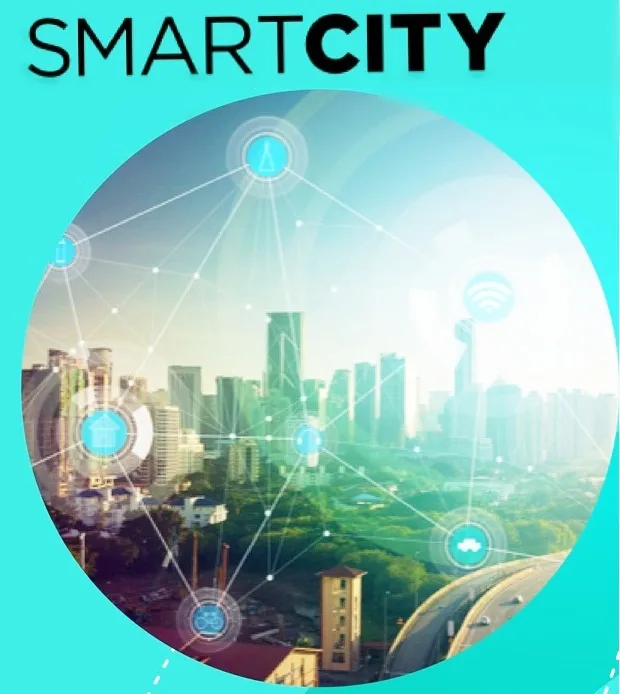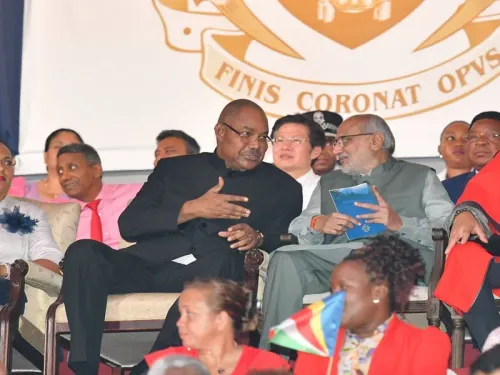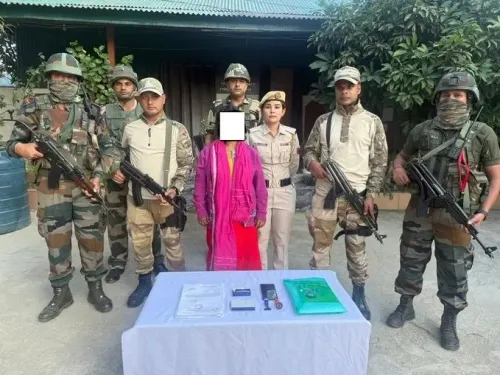Rs 1.5 lakh crore Initiatives in India’s Smart Cities Lead to Improved Air Quality and Reduced Crime

Synopsis
Key Takeaways
- 90% of projects completed under the Smart Cities Mission.
- 23% improvement in air quality in Smart Cities.
- 27% decline in crime rates reported.
- Over 83,000 CCTV cameras installed for enhanced safety.
- 50% of funds directed towards mobility and sanitation projects.
New Delhi, April 22 (NationPress) The Smart Cities Mission in India is approaching its 10th anniversary this June, with around 90 percent of the total Rs 1.64 lakh crore allocated for projects concerning mobility, clean water, and sanitation across 100 cities having been completed, according to a report from SBI released on Tuesday.
This mission was inaugurated by Prime Minister Narendra Modi on June 25, 2015, aiming to develop over 8,000 multi-sectoral projects across these cities. Presently, 7,504 projects amounting to Rs 1.50 lakh crore have been finalized, as indicated in the SBI report.
An impact evaluation reveals a remarkable change, with Smart Cities experiencing a 23 percent enhancement in air quality compared to non-smart cities over the six-year span ending in 2024. Furthermore, crime rates in cities where the initiative has been applied have decreased by 27 percent, according to the SBI report.
Over 83,000 CCTV cameras have been installed in these 100 Smart Cities to assist in monitoring crime. Furthermore, 1,884 emergency call boxes, 3,000 public address systems, and systems for monitoring red light violations and automatic number plate recognition have been introduced to improve public safety, as noted in the report.
More than 50 cities are enhancing their solid waste management through advanced technology, leading to better route management and collection efficiency. Approximately 4,400 vehicles have been equipped with RFID technology for Automatic Vehicle Location (AVL) to digitize and optimize waste management.
Additionally, over 52 lakh solar and LED streetlights have been set up, along with over 86,000 kilometers of underground electricity cabling, further emphasizing the report’s findings.
Each city has curated a range of projects, many of which are innovative and being implemented for the first time, thereby enhancing urban capabilities and experiences while achieving broader transformational objectives at the city level, according to the report.
The primary aim of this Mission is to encourage cities to provide essential infrastructure, a clean and sustainable environment, and a satisfactory quality of life for citizens through the application of smart solutions.
Out of the total Rs 1.64 lakh crore invested in 100 cities, 92 percent has been allocated to 21 major states, with the top three states—Uttar Pradesh, Tamil Nadu, and Maharashtra—accounting for a third of the total expenditure.
Almost 50 percent of the total project costs are directed towards two key areas: mobility and water/sanitation, which encompass more than 3,000 projects. On average, Rs 22 crore has been spent on each initiative.
From a city perspective, Indore has the highest expenditure, followed by Srinagar. The top 25 cities account for nearly 40 percent of the total spending.
The Mission is designed to stimulate economic growth and enhance quality of life through comprehensive initiatives targeting social, economic, physical, and institutional pillars of urban areas. It emphasizes sustainable and inclusive development by establishing replicable models that serve as beacons for other aspiring cities.
It operates as a Centrally Sponsored Scheme, with the central government providing financial assistance of Rs 48,000 crores over five years—averaging Rs 100 crore per city annually. State and Urban Local Bodies (ULB) are expected to match this funding.
Additional financing will be sourced through collaboration, ULBs’ own funds, grants under the Finance Commission, innovative financial mechanisms like Municipal Bonds, other government initiatives, and loans.









